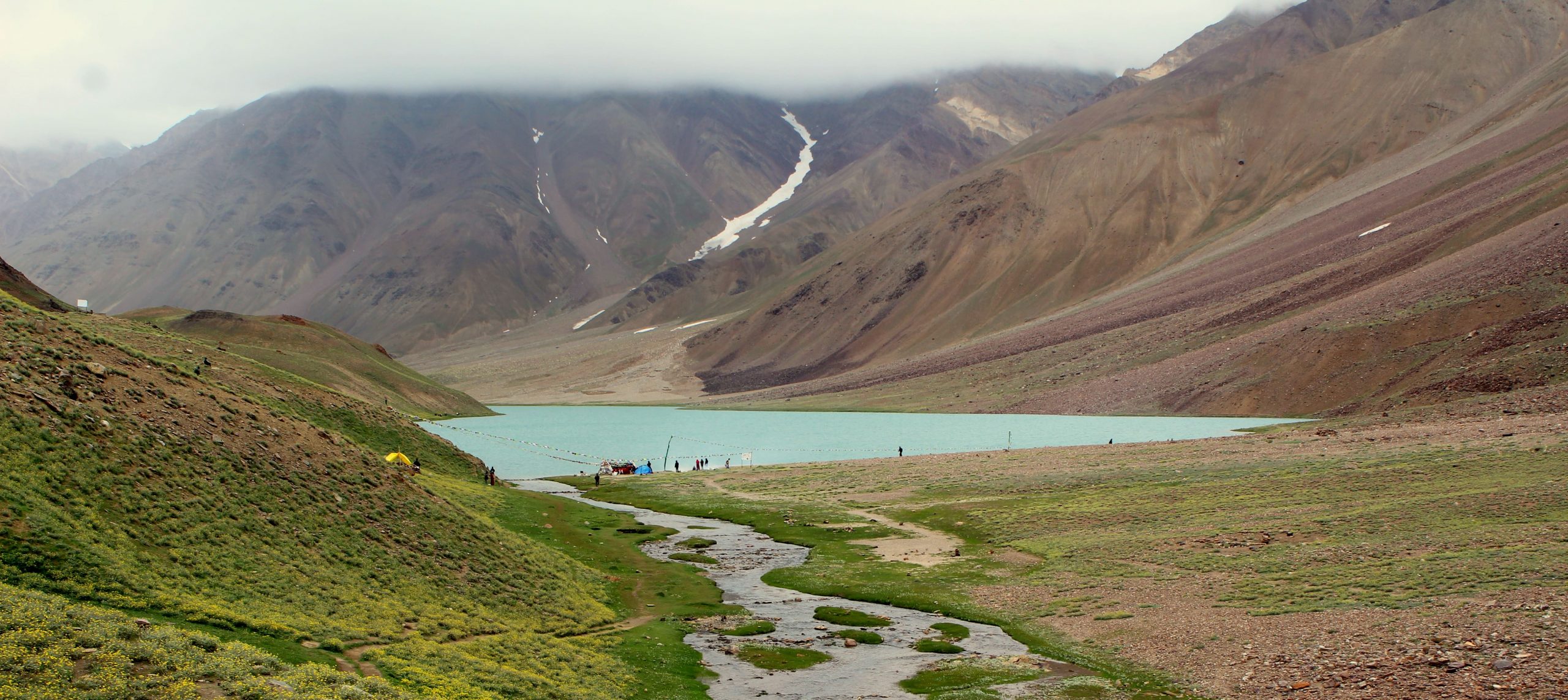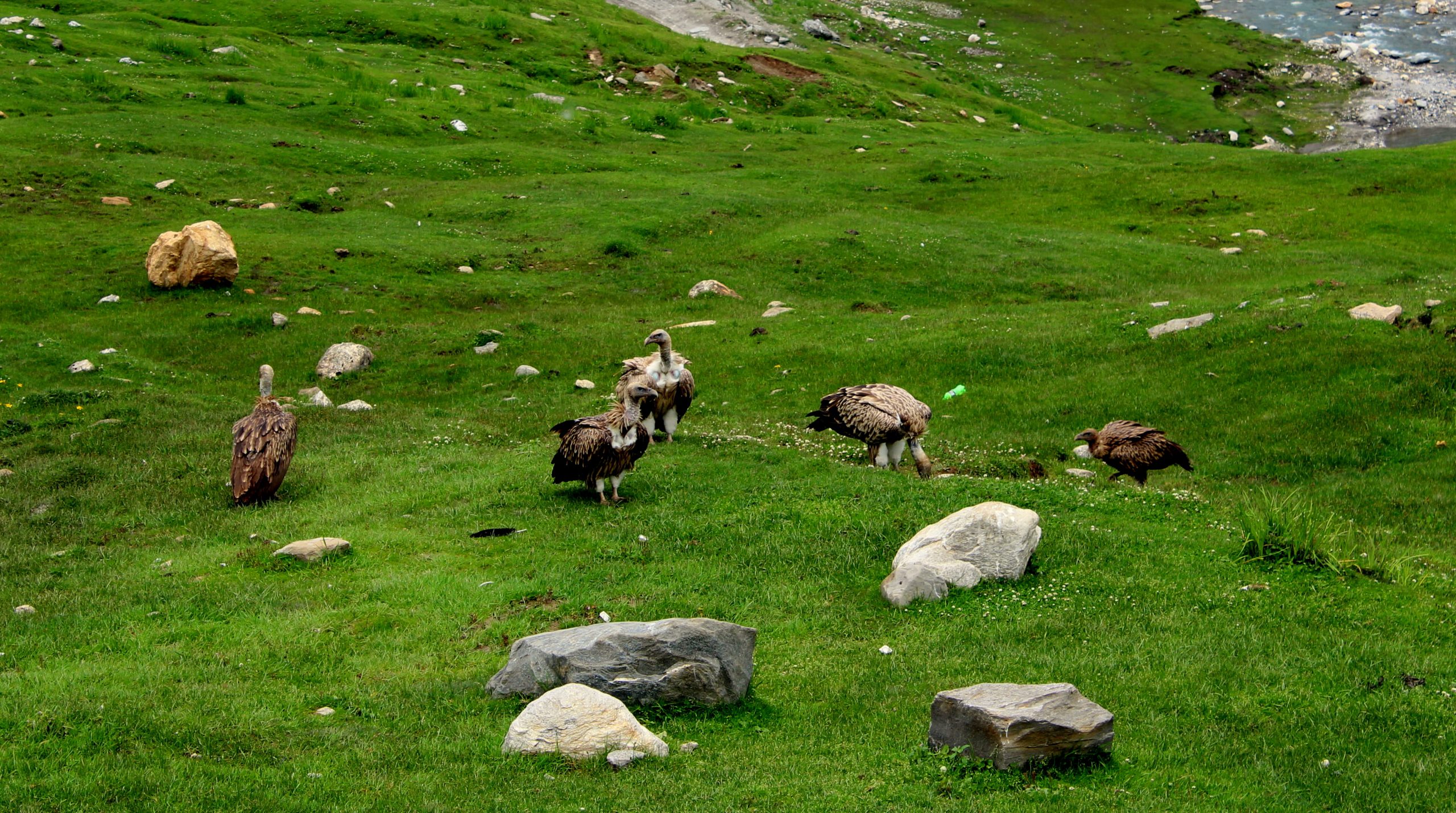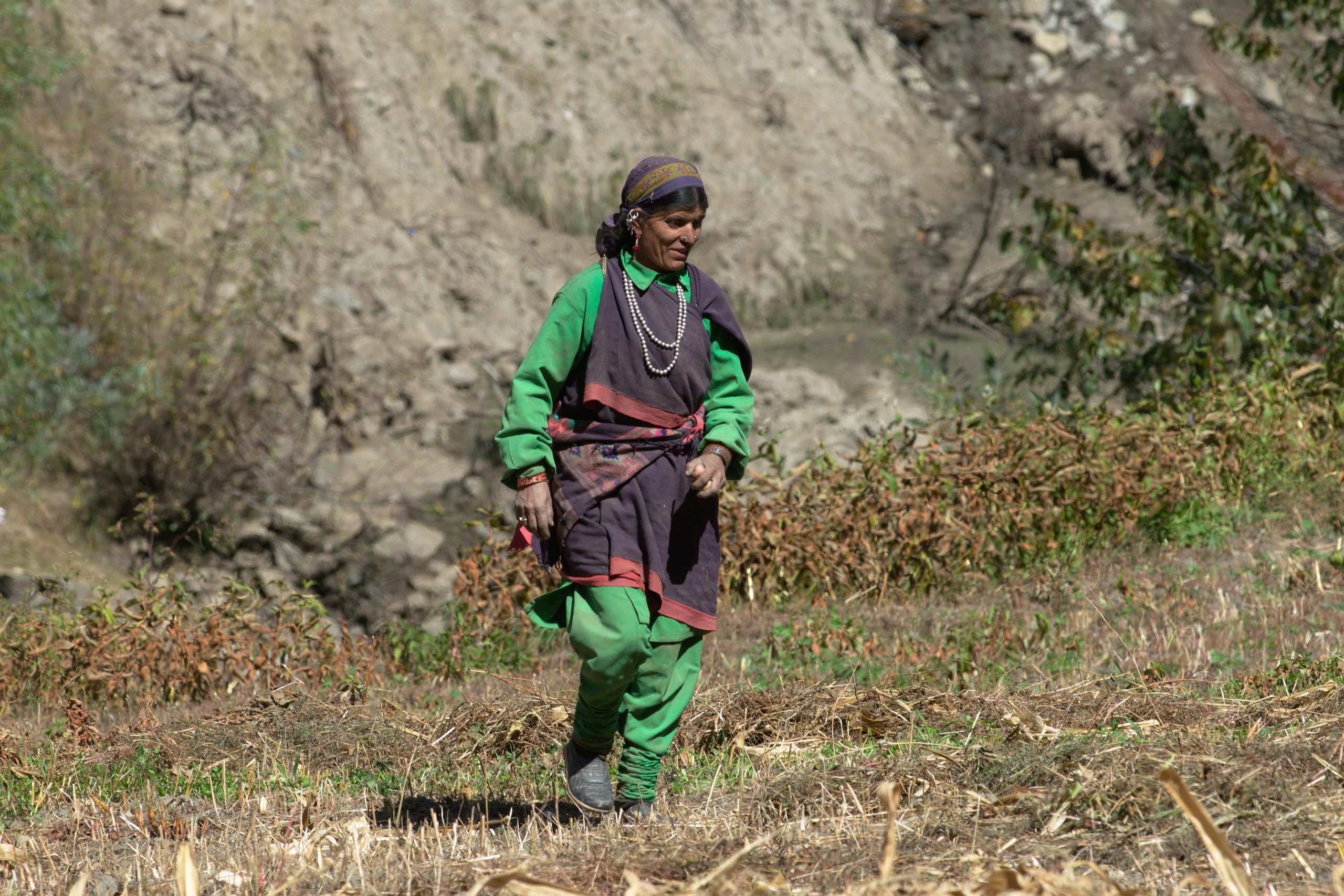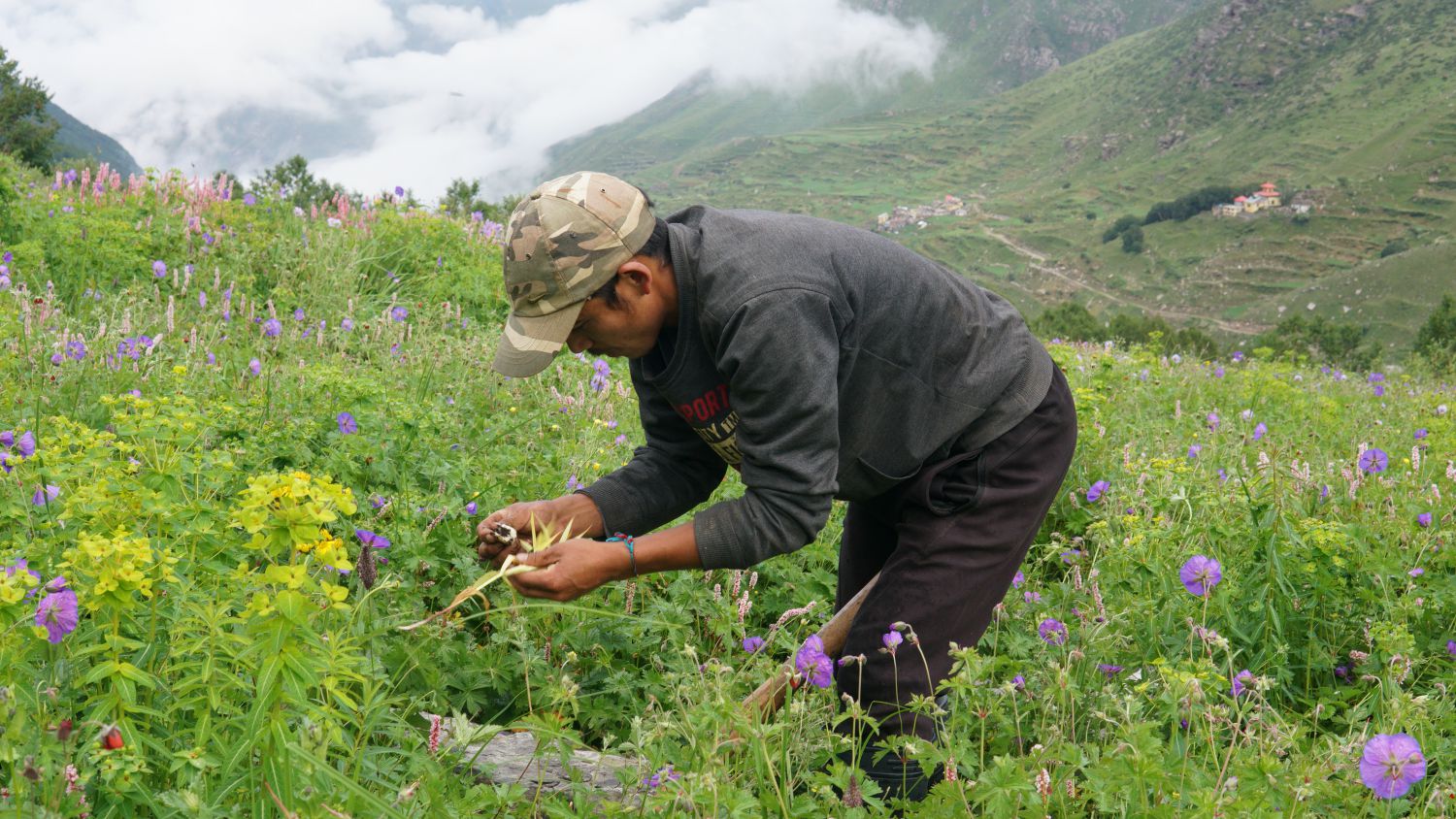Lahaul - Pangi (Himachal Pradesh)
Sites of high conservation value in this region are :
- Upper Sural Valley
- Hudar river
- Sansari Nallah river
- Chenab river (left banks)
- Myar Nala
- Seichu Tuan Nalla Wildlife Sanctuary ; a protected area

Project Progress : Himachal Pradesh
1. CONSERVING BIODIVERSITY


2. DIVERSIFYING LIVELIHOODS
2. DIVERSIFYING LIVELIHOODS

3. PREVENTING WILDLIFE CRIME


4. Building knowledge
4. Building knowledge

Stories From the Region
The Himalayan range of Himachal Pradesh supports a good population of …

Training Organised on IT-based tools/techniques and Wildlife Forensics under SECURE Himalaya Project
Chandigarh: In order to improve the capacities of the forest frontline staff, two …
The project to protect the 200 or so snow leopards in …
Chasak Bhatori
Overexploitation of natural resources is one of the primary challenges in fragile ecosystems such as that of the Lahaul-Pangi region. This is the story of the women of the region who stood up to protect nature and stop indiscriminate felling of trees.
Gallery
human life of the Trans and Greater Himalayas

Key Findings from the landscape

BIODIVERSITY STRATEGY AND ACTION PLAN (BSAP) FOR HIMACHAL PRADESH
This publication has been developed by the National Institute of Public Finance and Policy, New Delhi, under the assignment, Biodiversity Strategy and Action Plan (BSAP) for Himachal Pradesh and the Resource Mobilisation Strategy for Implementing the BSAP with Special Focus on Lahaul-Pangi and Kinnaur Landscapes in Himachal Pradesh under the GEF-GoI-UNDP SECURE Himalaya Project.
Download »
Chandertal - An Integrated Management Plan
Chandertal is a crescent-moon shaped distal high-altitude wetland of the Chandra-Bhaga glacier system. Perched at 4,300 m amsl elevation in the upper catchment of River Chandra and spanning 46 ha, the wetland is frozen for nearly 4 months, from December to March.
Download »
Report Human Wildlife Conflict Management Strategy in Pangi, Lahaul and Kinnaur Landscapes, Himachal Pradesh
The Himalayan region has a history of people and wildlife sharing space. The pastoralism in the region dates backs to at least three millennia and likely involved low intensity grazing with low livestock numbers and stocking densities to meet the sustenance needs of local communities.
Download »










